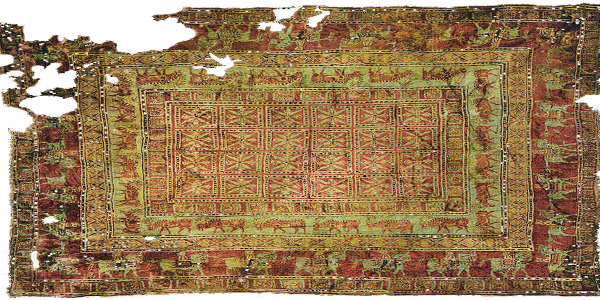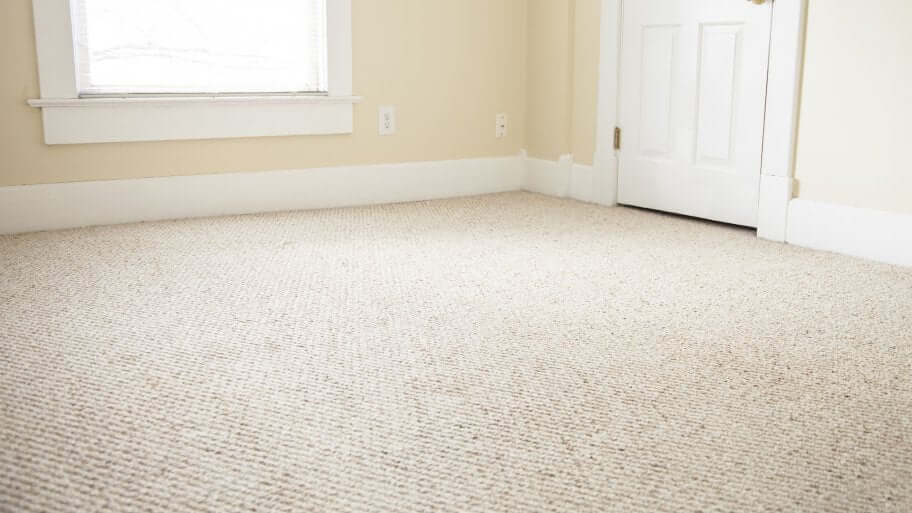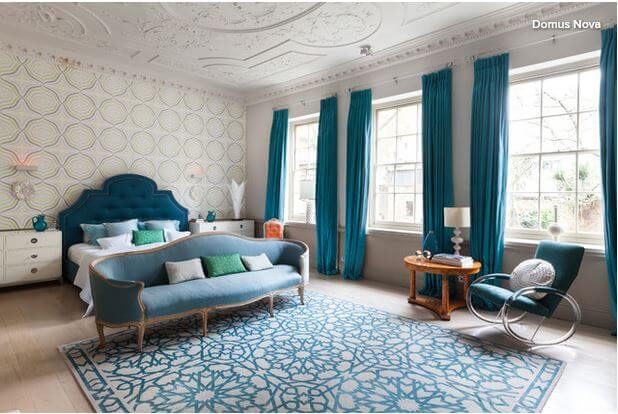When we think about artwork, our minds often limit us to think only of paintings made by man on the canvas of a limited size. This is because we have mostly seen the famous paintings by the great artists of the world. But we tend to forget that a canvas may not be limited in size, and paper may not be the only medium of expression for a creative individual. Also, the practice of creating an artwork on an item which is also a commodity of use is highly undermined. The common feeling is that an artwork has to be separately created for value, and cannot be an expression through the daily activities of human lives.
This is highly deviated in reality. If we look at the history of human art, we would notice in the caves of Altamira in Spain and Bhimbetka in India that the humans started depicting the practices of their daily lives as stories on the wall paintings. These paintings have become immortal and can be clearly seen even today after so many thousands of years have passed. They tell us two things- one is that the canvas can be as big as a cave wall, and two, stories can be woven from the daily lives as well.
Carpets as art canvases
Like many other commodities, carpets have been essential for mankind since long. Initially, men built carpets in order to protect themselves from the dirt and cold of the floors. Because of the floor size, the carpets had to be made in large dimensions as well. Gradually, the carpet weavers started to incorporate stories into their carpets as well.
Primarily, they were driven by commerce and the mere competition of making something better than the others. In order to do so, they had to plan a lot. After collecting the fibers to be used and making yarns from them, they had also to be colored in the right tone and hue as per the imagination of the weaver that was there in the mind. Then, a lot of exploration of the hand knotting and weaving techniques also had to be thought of before choosing the one that would impart the right kind of durability, strength as well as aesthetic look to the carpets.
As a result of the complexity, only a few carpet weavers could actually transform their products into pieces of arts. However, they also proved that an art canvas can be as big as a carpet as well, and not limited to the easel.
Initial Depiction of Art On Carpets
Among the oldest form of carpets that have artistic value, the ones made by the Berber tribes of Morocco can be cited. In these carpets, certain symbols have been used that were also used by these tribes to paint on their own bodies. Mostly, these symbols were to protect from the evil, poor health, scorpion bites and infertility, and the same also found their ways to the carpets made by them. Carpets made by the tribes of Anatolia also bear similar resemblance to their daily lives.
There are many textile museums worldwide that have collected and preserved such antique pieces or artwork carpets for display and knowledge. By looking at them, one can notice that the most ancient ones have simple motifs on them, and are related to the daily lives of the makers. In some cases, the symbols used are cannot be easily understood, but the resemblance of these symbols to the ones used in other fields of the daily lives of the makers or tribes can be noticed. In some cases, a few of the symbols and motifs used earlier can be seen being used even today.
The Royal Stories
Since weaving is a time taking and costly affair, many of the royal dynasties across the world used to patron the weaving communities in their kingdoms. The weavers who were benefitted could have the time and legacy to explore and make something entirely different from the rest, dedicated to the royal families. Mostly, a proud or memorable incident involving the royal family would be woven and depicted on the carpets.
The depiction would not be as intricate as on a canvas, but the story would be told using simple symbols and motifs that were possible to be woven. Some of these carpets were extremely large in size, covering a whole royal parliament. The carpets of the Ottoman and the Safavid empires are examples of such artworks.
The carpets exported from Italy during the Renaissance period of Europe also had similar artworks depicted on them. They were mostly bought by the European courts, cathedrals and mosques. Central Asia was a hub of carpet production owing to the availability of the coarse wool-like fibers in the region. This part of the world has also witnessed the passage of many great kings and dynasties from Europe making their ways towards the Indus civilization. It has also seen many dynasties from China rising up in the vicinity.
All of these dynasties have left an impact on the symbols and motifs used in the carpets made here, and some of these are very popularly used even today. In India too, the Mughals patronized the carpet weavers during their rule, and a few of the carpets of those times are kept in the selected fabric museums. Persia and Turkey were other hubs for carpet manufacturing, and the ancient ones from these regions also speak a lot about the symbols and motifs depicting the royal invasions, war and daily lives of the people here.
Present Carpet Artwork
Carpet industry is sustainable in the way that it has survived the test of time in many parts of the world. Today, with improved CAD software, it has become pretty easy to create an artwork on carpets. The sizes can also vary based on the need, and the introduction of machines has made carpet manufacturing into rugs easier. Interestingly enough, many of the motifs used today bear that uncanny resemblance with the ancient artworks on carpets in most of the carpet manufacturing hubs of the world.
Email : info@glarashop.ca
Address 1 :9855 Austin Ave, Burnaby . Lougheed Mall.
Address 2 : 935 Marine dr. North Vancouver. Capilano Mall.
Address 3 :10355 152 St, Surrey. Guildford Mall
Address 4: 5000 Canoe Pass Way, Delta, Tsawwassen Mills
Address 5: 2929 Barnet Hwy, Coquitlam, BC V3B 5R5, Canada
Quick Links:
About Us
Persian Rugs
Turkish Rugs
Modern Rugs
Furniture
Refund Policy




Leave a comment
All comments are moderated before being published.
This site is protected by hCaptcha and the hCaptcha Privacy Policy and Terms of Service apply.